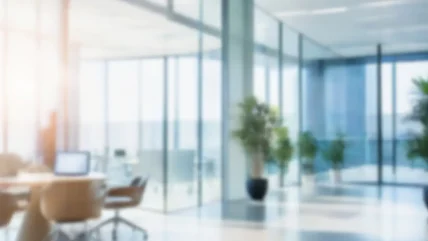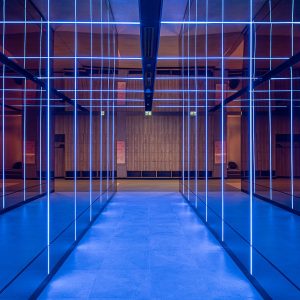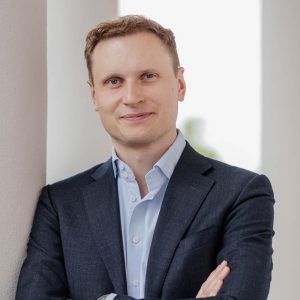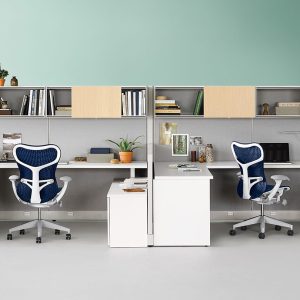

Words by Guy Stallard, Head of Facilities, KPMG
People may think that awards are given purely for what a building looks like, but the long-term accolades from users come when a building has been designed and run with their needs in mind. From an employer’s point of view the role of the physical workplace in employment is imperative to staff recruitment, motivation and retention.
Some organisations take the impact of the built environment seriously, although many are still not doing enough to improve their employees’ surroundings despite demand. Forward-thinking organisations have realised that clean, comfortable and inspiring spaces make for more engaged employees at a time when flexible working is becoming the norm, adding to a company’s overall value. But many facilities professionals have experienced a disconnect between the design and operational aspects of new building projects. Pitfalls such as poorly planned service routes, storage rooms not fit for purpose, or atria impossible to clean can be minimised by getting those who will operate the building on board early on. Utilising the knowledge of those operating the buildings results not only in better performance, but in a better experience for all building users.
For many years at KPMG the integration of our operational team into the project design team has been a key aspect of our capital projects. This expanded team collaborates to build a workplace which is both aesthetically pleasing and operationally efficient. When we designed our London HQ several years ago our service partners were able to offer practical input on what design elements had worked well in their experience elsewhere — and equally what hadn’t.
We have felt the benefits of this collaborative approach when running the building day-to-day. The involvement of our operational team in the design process, from layout through to materials used, makes financial sense too, as it keeps planned maintenance and cleaning costs manageable, and extends the life of the assets if they can be properly cared for.
In our newest offices it has meant we have the appropriate capabilities and budgets to care for assets, and that the materials used match the space’s operational use. Furniture provides an example which hits the type of balance between design, aesthetics and practicalities that we aim to achieve — does it fulfil its purpose as well as look the part?
It is not just financial and efficiency benefits that can be leveraged. In our experience the environmental performance of buildings can be improved by involving operational teams.
When designing our HQ a third of the fit-out materials, such as plasterboard, aluminium, carpets and pipework, had been recycled. Even simple design elements such as motion-sensor taps and a greywater recycling system have reduced the environmental impact without compromising aesthetics.
It is important for us to have a clear vision of what we want to achieve before designing new buildings.
Considering our property projects, involving our operational teams has delivered benefits financially, environmentally, in efficiencies and in user experience, and has become an integral part of the way we plan projects.





